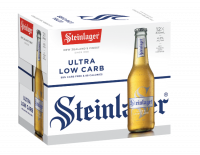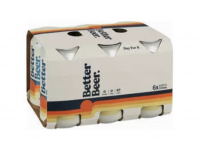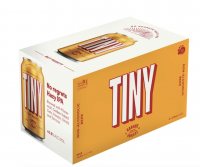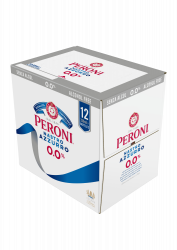The science behind reducing alcohol and carbs from beer is no easy task – here's how it's done!
Kiwis are flocking to the beverage shelves for beer that quenches their thirst without compromising their lifestyle.
Lighten Up
“The uptake in ‘light’ beer is driven by a changing consumer outlook on wellbeing,” acknowledges Liquorland Beer Category Manager, Alan Jepsen.
“Our customers are seeking ‘healthier’ options, and when it comes to beer it’s primarily in the low-carb category, which has seen phenomenal growth.”
Steinlager Ultra Low Carb is the latest bottle to arrive at the low-carb party, and Brand manager Lauren Dyke says that taste appeal is key.
“We explored the limits of reducing carbs, but it's clear that it can’t come at the cost of taste.”
Liquorland’s number one selling product is Speight's Summit Ultra (specifically, in a 24-pack), a golden lager with 75% less carbs than average beer brands, and an ABV of 4.2%.
However, shelf space has expanded exponentially in the past 18 months for a range of low-carb and zero alcohol option – from major players to boutique brewers, you’ll find “better for you” brews from brands such as Epic Brewing, Steinlager, Tiger, Garage Project, Better Beer, Sawmill, Behemoth Brewing, and Brothers Beer, to name just a few!
Curbing the carbs
Making beer a low carb brew is a tricky process, particularly when retaining the taste a brand is known and loved for is critical.
Mark Goldman is the Brewing Development Manager at Lion (Speight's, Steinlager) and explains how carbohydrate – which is derived from the malted barley used in the brewing process – can be reduced.
“In the ‘mashing’ stage of a regular brew process, enzymes break down much of the carbohydrate into simpler sugars, which brewing yeast converts into alcohol and CO2 during fermentation.
Some carbs will remain in the final beer, generally around 2.5g per 100ml. For a low-carb beer we extend the mashing and fermentation stages to allow a more complete breakdown of the carbs, resulting in only 0.5g per 100ml.”
No-alco, thanks
It took four months of intensive work to complete the recipe for Speight's Summit 0.0%.
“There are a number of ways to produce a low-alcohol beer,” reveals Mark, “but essentially to remove the alcohol, the beer is passed through a gentle process of low temperature vacuum ‘distillation’.”
Bare Beer is Sawmill Brewery’s non-alcoholic offering, with less than 0.5% ABV. Sawmill’s Maayke Reidsma says, “We create Bare Beer through fermentation, rather than reverse osmosis of a finished beer and subsequent pasteurisation. This means it finishes much lower in calories and with more flavour.”
Alan expects this summer to be a defining season for this segment. “We expect growth to continue as innovation continues to build trust and credibility.” He also forecasts the ‘light’ beer category to eventually overtake mainstream.






